This article may contain affiliate links, meaning, at no additional cost to you, we may earn a commission if you click through and make a purchase. The products recommended on our site are thoroughly researched and evaluated by our team for quality and relevance to our readers. Any purchases made through these links help support our site and allow us to continue to make high-quality content accessible to all.
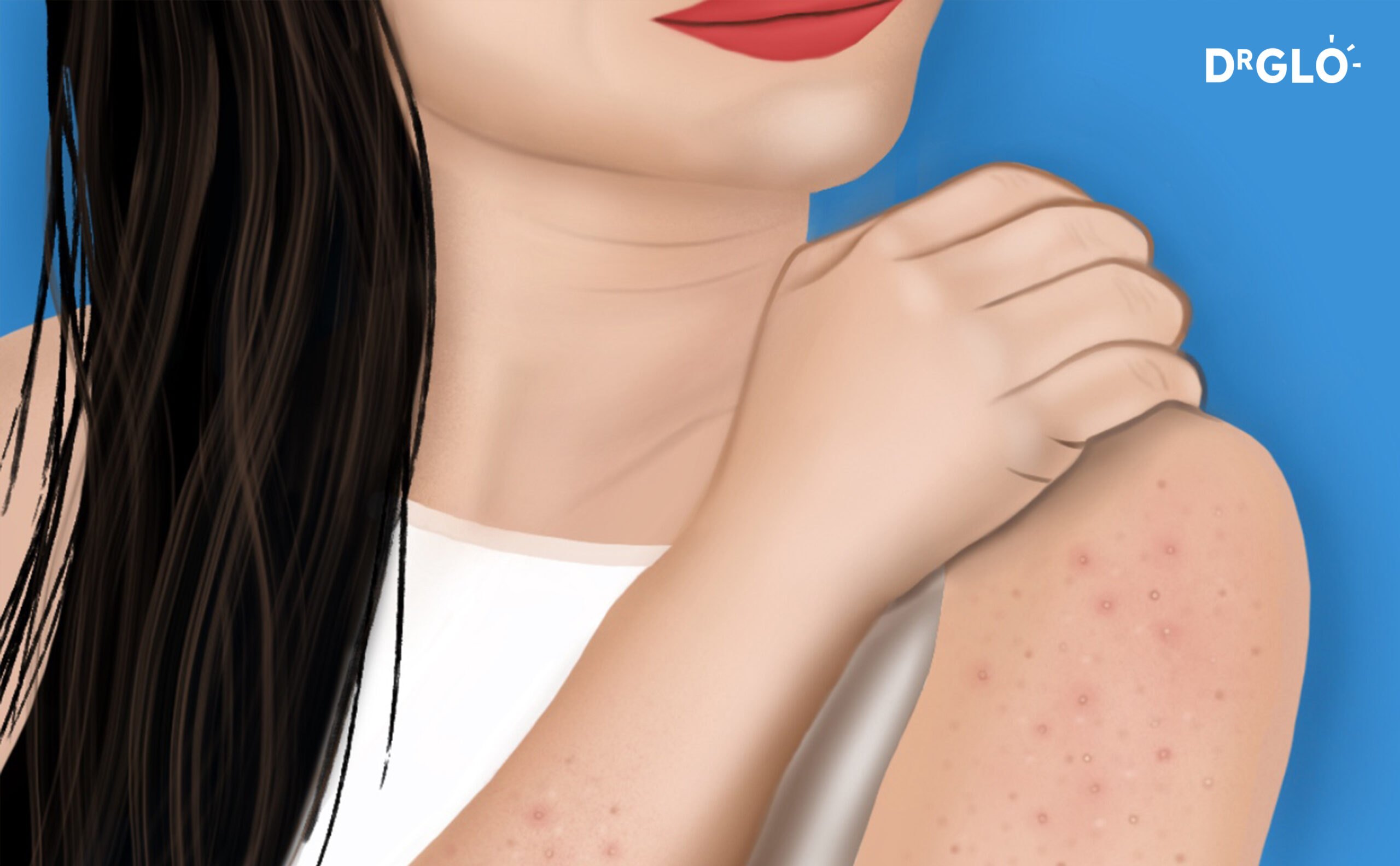
Keratosis Pilaris
Keratosis pilaris, also known as “chicken skin” is a common inherited condition where there are small red and scaly bumps on the outer arms and thighs.
Keratosis pilaris is usually most noticeable in teenagers and young adults and improves with age. The condition can also involve the face, especially the cheeks. This condition typically improves with age but it is possible for it to remain into adulthood, albeit, to a lesser degree.
Keratosis pilaris is often mistaken for acne and it is not uncommon for patients with this condition to squeeze the bumps. Unfortunately, this can cause scarring. Hence, it is important to refrain from picking the skin or using abrasive methods to treat the bumps.
Treatment of Keratosis Pilaris
First line treatment: Creams containing urea 10% to be applied daily after a bath or shower.
 Common Skin Conditions
Common Skin Conditions Paediatric Conditions
Paediatric Conditions Skin Cancer
Skin Cancer Infectious Skin Conditions
Infectious Skin Conditions Other Skin Conditions
Other Skin Conditions Treatment & Management
Treatment & Management Prevention & Skincare
Prevention & Skincare

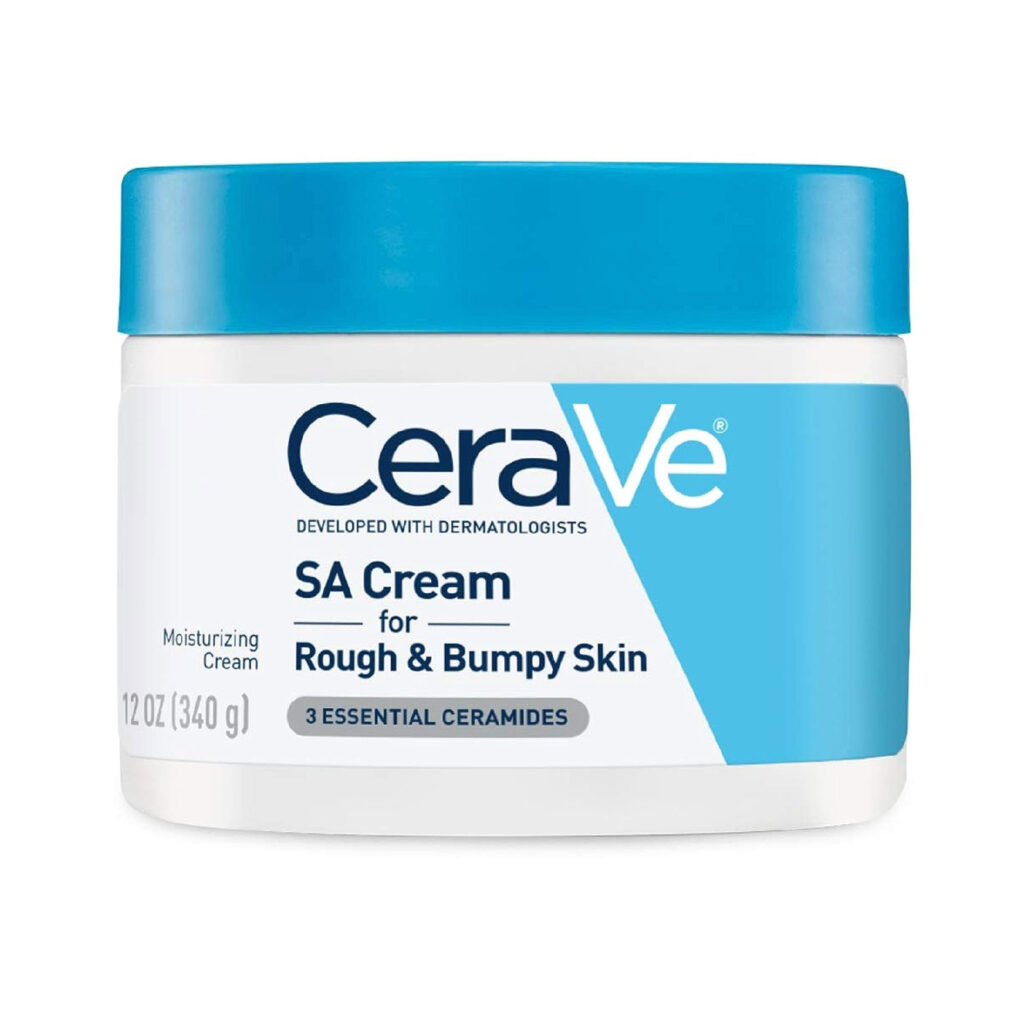




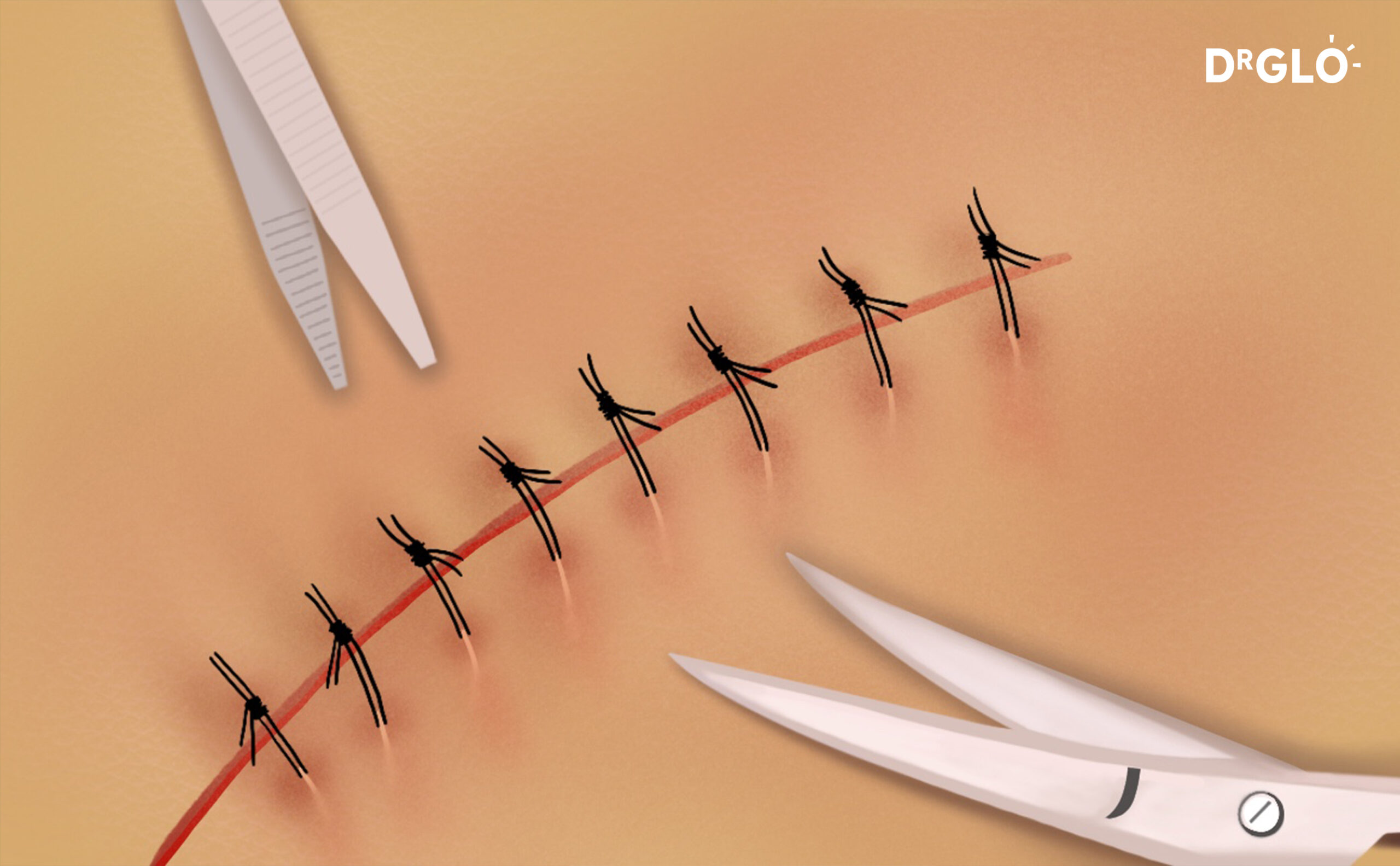
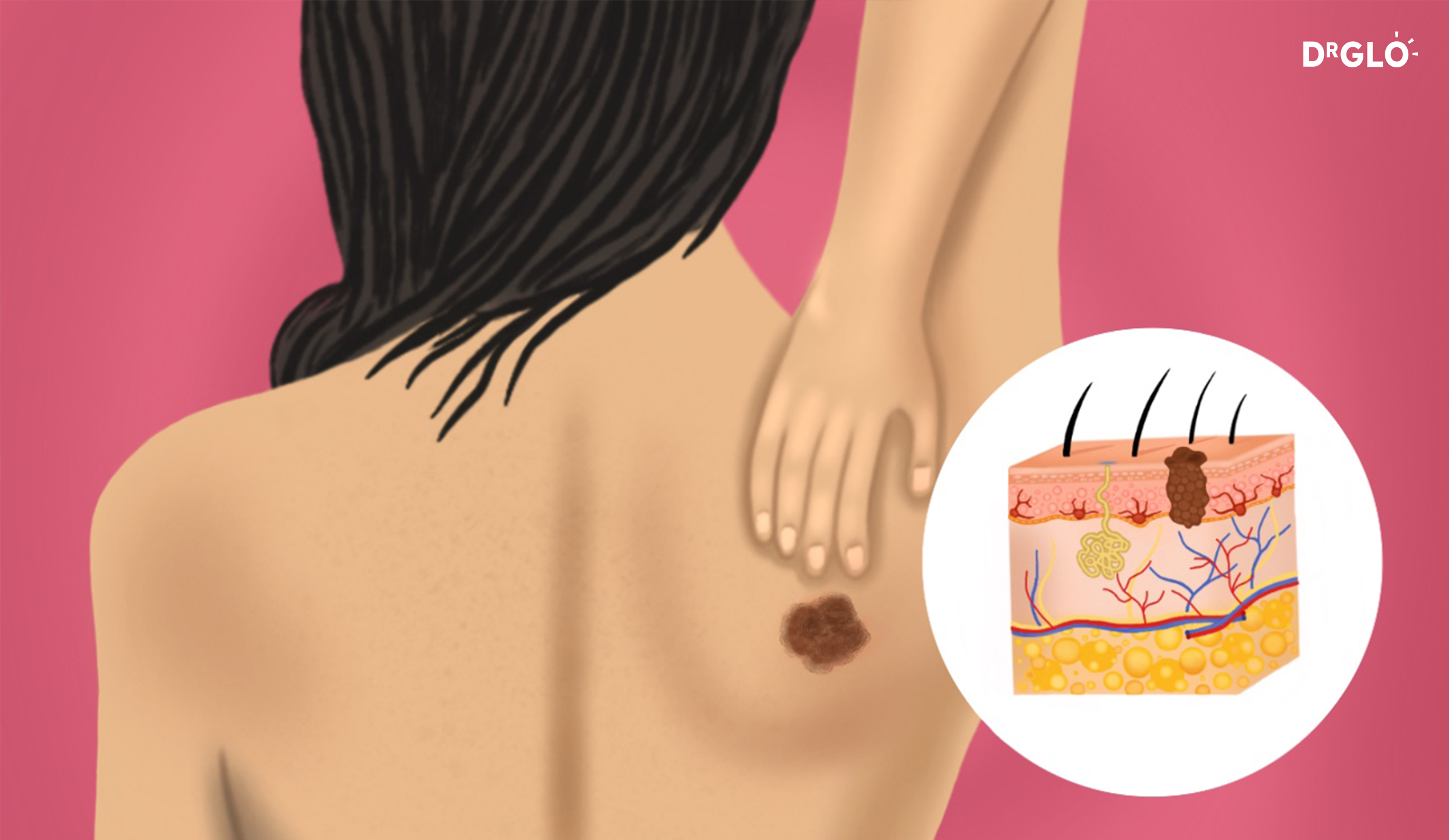
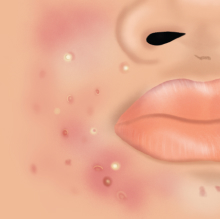

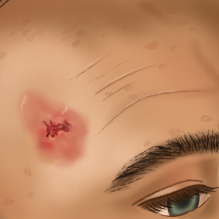

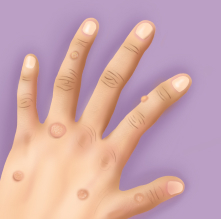

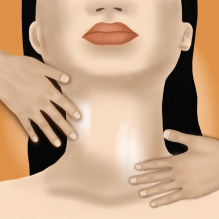
Popular Articles